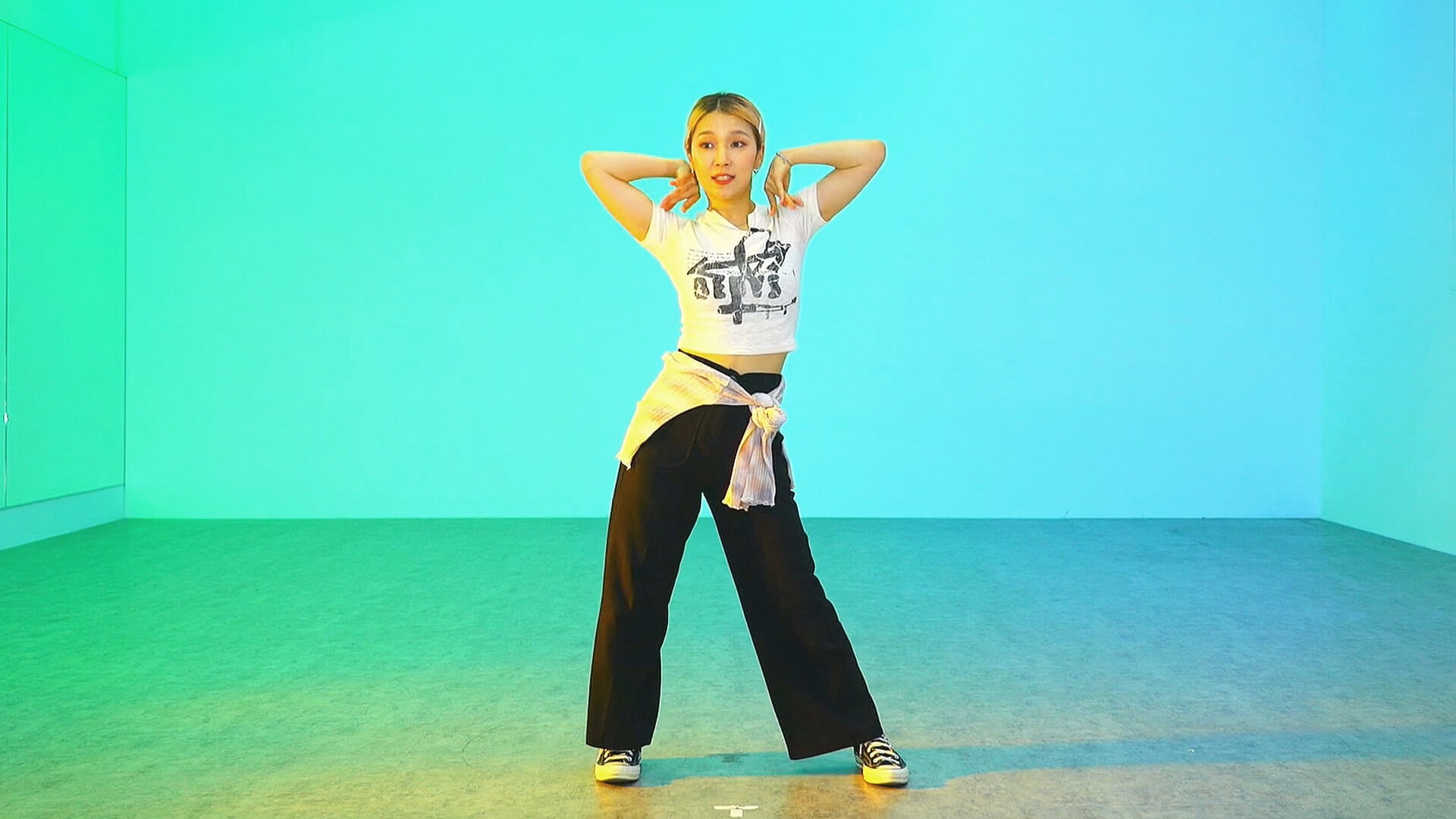
Waacking is a dynamic and expressive dance style that has captivated audiences around the world. Originating from the underground club scene of 1970s Los Angeles, waacking is characterized by its fast, intricate arm movements, dramatic poses, and fierce attitude. This vibrant dance form is often set to disco or funk music, and its high-energy, theatrical nature makes it a visually stunning and captivating art form to behold.
In this article, we'll delve into the fascinating world of waacking, exploring its history, key elements, and cultural significance. Whether you're a seasoned dancer, a curious enthusiast, or simply someone looking to expand your knowledge of performing arts, these eight essential facts about waacking will provide a comprehensive understanding of this electrifying dance style. So, let's embark on a journey through the pulsating rhythms, fluid motions, and compelling narratives that define the art of waacking.
Key Takeaways:
- Waacking, a dance style from the 1970s, is all about fast arm movements, dramatic poses, and self-expression. It’s like telling a story with your body!
- Waacking has made a comeback in the 21st century, spreading its message of empowerment and individuality worldwide. It’s not just a dance, it’s a global movement!
Waacking originated in the 1970s.
Waacking, a dance style that emerged in the 1970s, is characterized by its fast and intricate arm movements, dramatic poses, and expressive performance. Originating in the LGBTQ+ clubs of Los Angeles, Waacking was a form of dance that provided a platform for self-expression and empowerment during a time of social and cultural change.
The dance style was influenced by various sources.
Waacking drew inspiration from diverse influences, including martial arts, classic Hollywood glamour, and the disco music of the era. These influences converged to create a unique and vibrant dance form that celebrated individuality and freedom of expression.
Waacking gained international recognition through the TV show "Soul Train."
The popular television show "Soul Train" played a pivotal role in introducing Waacking to a global audience. As dancers showcased their skills on the show, Waacking gained widespread recognition and became synonymous with the vibrant energy of the disco era.
The dance style is characterized by rapid arm movements and poses.
Waacking is distinguished by its rapid arm movements, sharp poses, and dynamic footwork. Dancers use these elements to convey a sense of confidence, style, and storytelling, making it a visually captivating and emotionally charged dance form.
Waacking is a celebration of individuality and self-expression.
At its core, Waacking is a celebration of individuality, empowerment, and self-expression. Dancers use the art form as a means of communicating their personal stories, emotions, and experiences, creating a powerful connection with both the audience and fellow dancers.
The dance style experienced a resurgence in the 21st century.
With the resurgence of interest in vintage dance styles, Waacking experienced a revival in the 21st century. Its fusion of retro glamour and dynamic movement continues to captivate audiences and inspire a new generation of dancers and performers.
Waacking has evolved into a global dance movement.
From its origins in Los Angeles, Waacking has evolved into a global dance movement, with vibrant communities and events worldwide. Its inclusive and empowering ethos has resonated with dancers from diverse backgrounds, fostering a sense of unity and creativity across continents.
Waacking continues to influence contemporary dance and popular culture.
The impact of Waacking extends beyond the dance floor, influencing contemporary dance styles and leaving an indelible mark on popular culture. Its legacy endures through music videos, stage performances, and the artistic expression of dancers who continue to embrace its spirit of freedom and individuality.
Conclusion
In conclusion, Waacking is a vibrant and expressive dance form that has captivated audiences worldwide with its dynamic movements and rich history. From its origins in the underground clubs of 1970s Los Angeles to its current global influence, Waacking continues to inspire dancers and enthusiasts with its fusion of funk, soul, and disco. The energetic and theatrical nature of Waacking sets it apart as a powerful form of self-expression and storytelling, making it a beloved style in the performing arts community. As Waacking gains momentum and recognition, it remains a testament to the resilience and creativity of the LGBTQ+ and BIPOC communities. With its infectious energy and inclusive spirit, Waacking is poised to leave an indelible mark on the world of dance for years to come.
FAQs
What are the key elements of Waacking?Waacking is characterized by its sharp and fluid arm movements, intricate hand gestures, and dramatic poses. Dancers often incorporate elements of sass, confidence, and attitude into their performances, creating a visually captivating and emotionally charged experience.
How can I learn Waacking?To learn Waacking, it's beneficial to seek out experienced instructors or online tutorials that focus on the fundamental techniques, history, and cultural significance of the dance style. Additionally, attending workshops and immersing oneself in the vibrant Waacking community can provide valuable insights and opportunities for growth as a dancer.
Was this page helpful?
Our commitment to delivering trustworthy and engaging content is at the heart of what we do. Each fact on our site is contributed by real users like you, bringing a wealth of diverse insights and information. To ensure the highest standards of accuracy and reliability, our dedicated editors meticulously review each submission. This process guarantees that the facts we share are not only fascinating but also credible. Trust in our commitment to quality and authenticity as you explore and learn with us.
